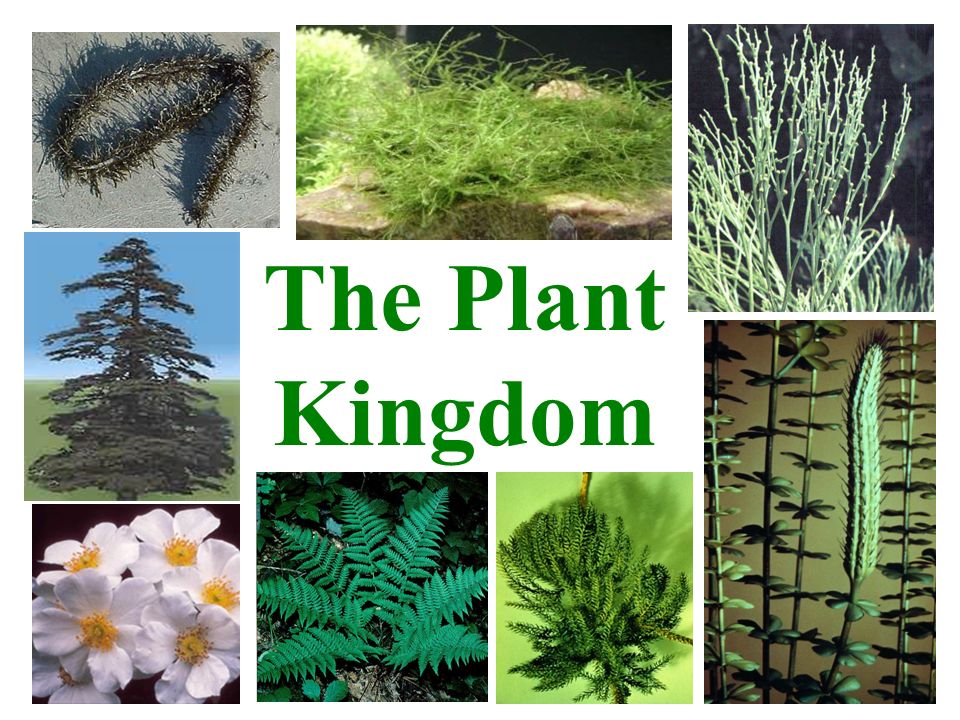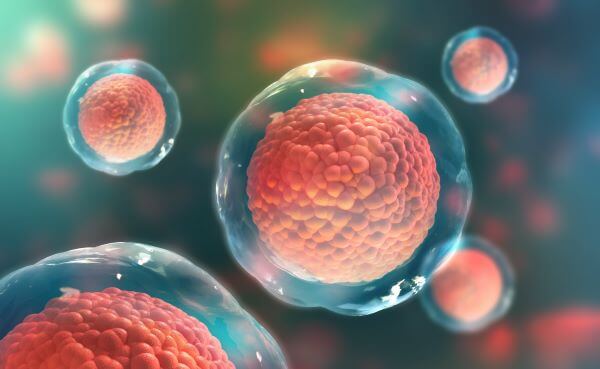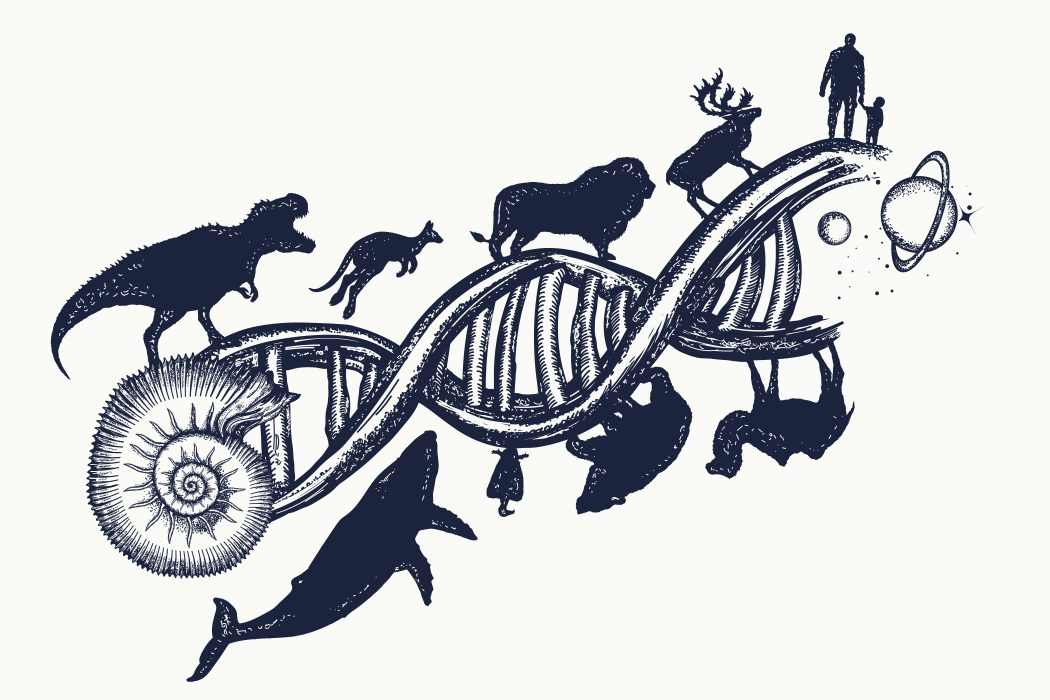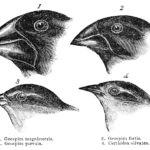Plants are a vital part of the ecosystem and play a significant role in human life. There are many different types of plants, but they all share some basic characteristics. All plants are autotrophs, meaning they can produce their own food through photosynthesis. Plants have chloroplasts in their cells, which help them convert sunlight into food, in the form of sugar.
Some plants are vascular, meaning they have a system of tubes that transport water and nutrients throughout the plant. Other plants are non-vascular and do not have this system. Examples of vascular plants are trees, flowers, and bushes. Examples of non-vascular plants are mosses and liverworts.
Some plants reproduce using seeds, while others do not. Seeds are a type of reproductive cell that contains all the information necessary to grow a new plant. Plants that reproduce without seeds, such as ferns, use spores instead. Ferns produce spores on the underside of their leaves. When the spores mature, they break off and are carried away by the wind. If a spore lands in a suitable environment, it will germinate and grow into a new plant.
Plants that produce seeds are broken into two types. gymnosperms and angiosperms. Gymnosperms are plants that have naked seeds, meaning the seeds are not enclosed in a protective structure. Conifers, such as pine trees, are a type of gymnosperm. Angiosperms are plants that have seeds enclosed in a protective structure, such as a flower or fruit. Most flowering plants are angiosperms.
Plants can be either male or female. Male plants produce pollen, which is a type of reproductive cell. Female plants have a structure called the ovule, which contains the female reproductive cells. When pollen from a male plant comes in contact with the ovule of a female plant, fertilization occurs and a seed is produced.
Flowers are the reproductive structures of angiosperms. Flowers can have both male and female parts. The male parts are the stamen, which produces pollen, and the anther, which holds the pollen. The female parts are the pistil, which consists of the ovary, stigma, and style. The ovary contains the ovules (female reproductive cells). The stigma is the sticky tip of the pistil, which collects pollen. The style is the stalk that supports the stigma.
Fruits are the mature ovaries of angiosperms. Fruits protect and disperse the seeds of the plant. Fruits come in many different shapes and sizes, from small berries to large melons. Some fruits, such as apples and bananas, are edible. Other fruits, such as poison ivy and poison oak, are not edible.






